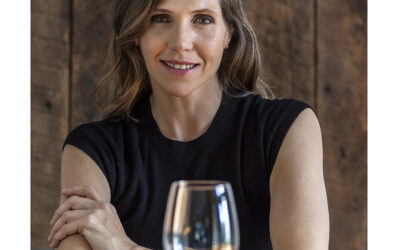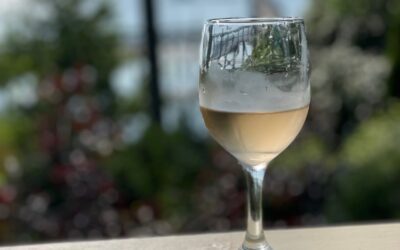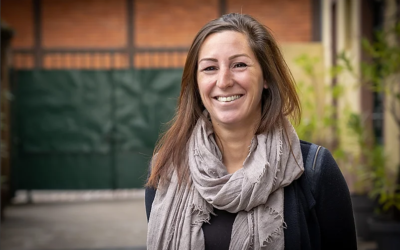Shifting into high gear toward a greener champagne. Can traditions be kept while bringing about change?
The Syndicat Général des Vignerons de la Champagne (SGV) validated last Thursday the adoption of new viticultural measures breaking away from tradition in the name of greener practices. Among the panel of new measures voted into the Cahier des Charges is the introduction of a new grape variety known as Voltis, the inclusion of VSL (Vignes semi-large) and the authorization hot water for the treatment of plants.
“The aim is to accompany the necessary agro-ecological transition by adapting Champagne vines to climate change, while at the same time preserving the quality and unique quality of Champagne vines, and the economic sustainability of wine growers,” said Maxime Toubart, president of the Syndicat General des Vignerons del la Champagne (SGV).
Voltis is joining the current 7 authorized grapes varieties part of the AOC Champagne (chardonnay, Meunier, Pinot Noir, Arbanne, Petit Meslier, Pinot Blanc, Pinot gris) on a trial basis for the next ten years only. In addition, Voltis will not be allowed to represent more than 10% of the final blending of a cuvée.
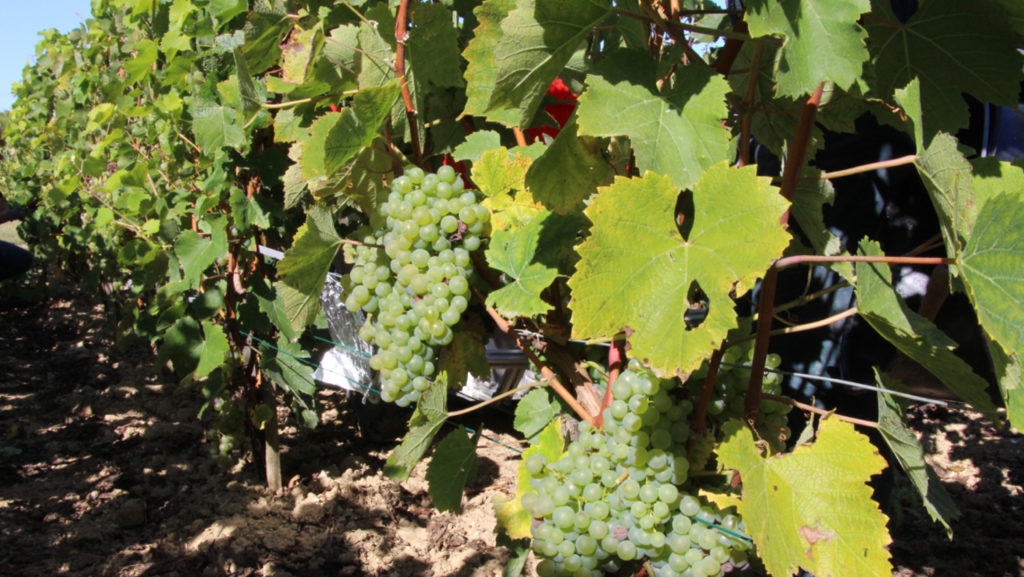
The search for alternative grape varieties started in the early 2000s. The Institute National de la Recherche Agronomique (INRA) then launched a brand new program aimed at developing innovative varietal alternatives to cope with the vagaries of climate change. The program zoomed in on cross-hybridization with the goal of producing resistant vines that also have potential for quality wine.
Obtained by the INRA, Voltis, an interspecific hybrid, results from the crossbreeding of Villaris and a descendant of Muscadinia rotundifolia. It is said to be resistant to mildew and powdery mildew, the two most dangerous parasitic fungi.
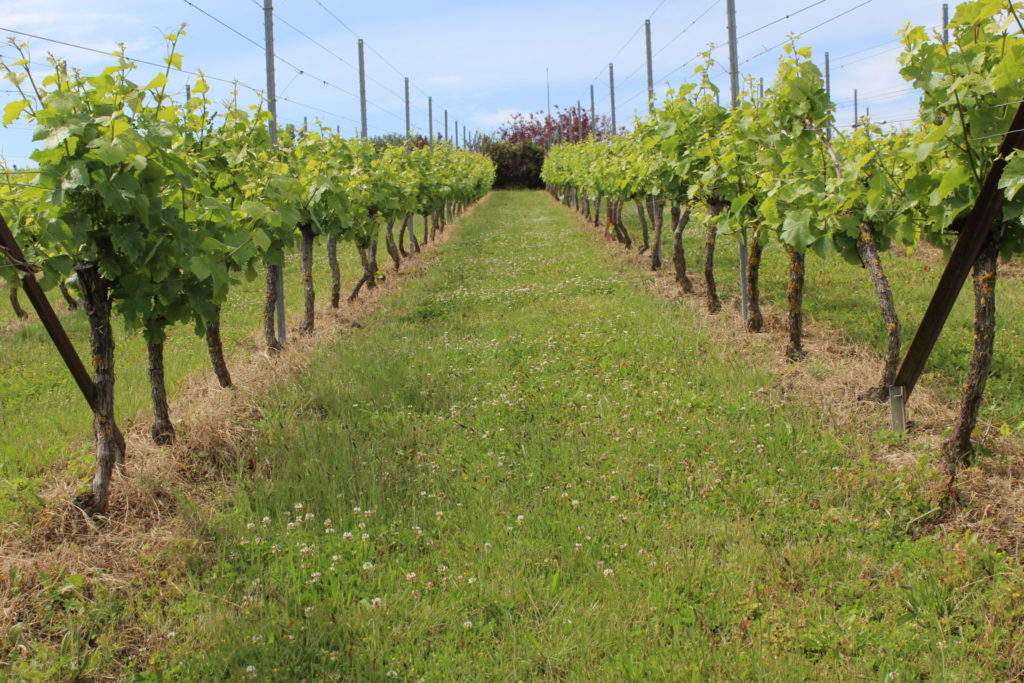
Changes in viticultural practices have as well made their way to Champagne.The SGV has approved rewriting a century-old rule dictating the maximum distance between vines.
Under the old rule, rows of vines couldn’t be more than 1.5 meters (about 5 feet) apart. As of last Thursday the distance between vines is now extended to 2.2.meters (over 7 feet) allowing for lower density vineyards.
The argument in favor of the adoption of VSL is the move toward environmentally friendly practices. VSL favors the diminution of pesticides and the complete eradication of herbicides. What’s more, it makes the vines less susceptible to spring frost and more resistant to water stress. “It will help us to achieve our objectives of zero herbicides, 50 percent less pesticides and 25 percent less carbon emissions by 2025,” Toubart said before the vote took place.
“It will facilitate our work in the vineyards and it has significant economic benefits. There is no obligation to adopt the [changes]; it is just an extra tool, another string to our bow, to be more successful in our quest to produce quality wines worthy of the Champagne appellation.”Climate change aside, the skeptics also have their theory in pushing against the VLS system. Launching the hashtag campaign #NoVSL, critics are adamant about the de facto loss of quality associated with VSL believing that high density plantings yield better quality fruit, hence better wines.They also fear that rendering vineyards more accessible for modern equipment will hurt the region both on a PR level, damaging its artisan reputation, and on an economic one too, eliminating jobs from vineyard workers by industrializing the champagne vineyards.
Either way, nothing is final until the INAO, which has the final approval of Cahier des Charges changes, delivers its verdict.
And as Toubart concluded “It will be a long transition, over one, two or three generations.”

